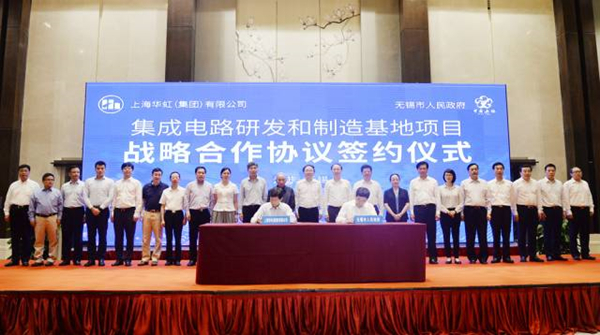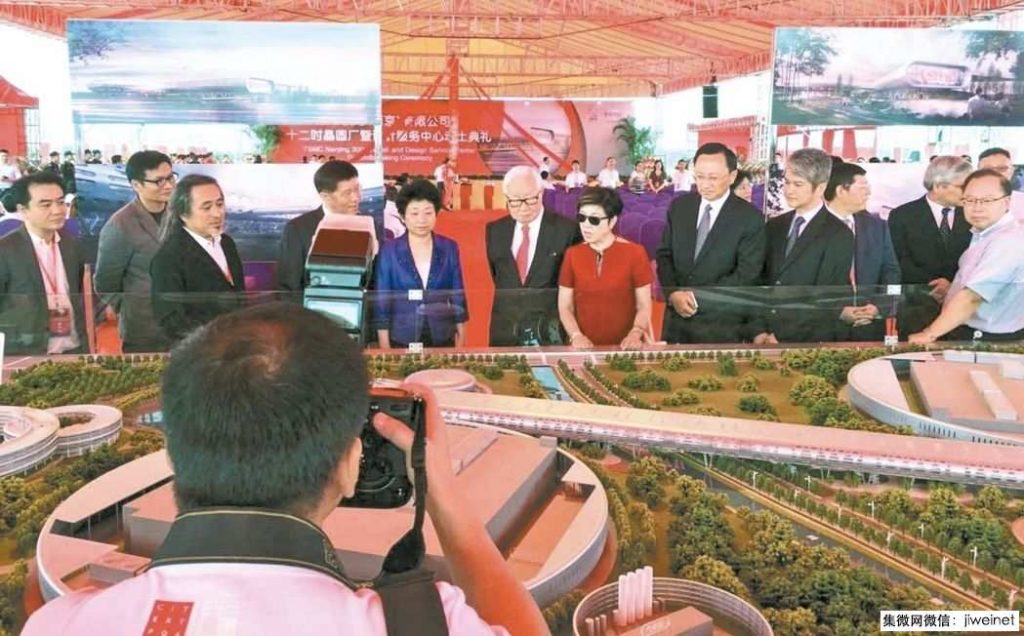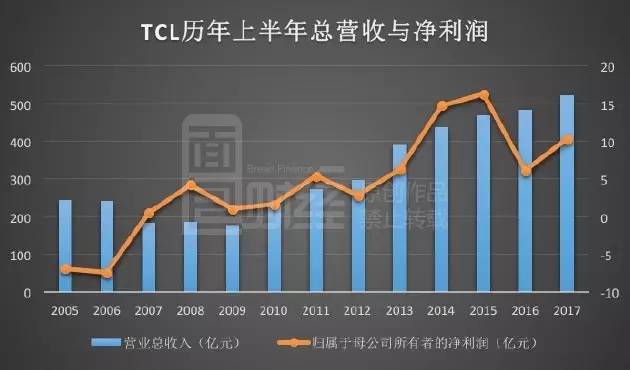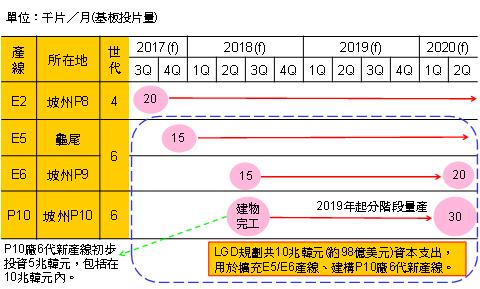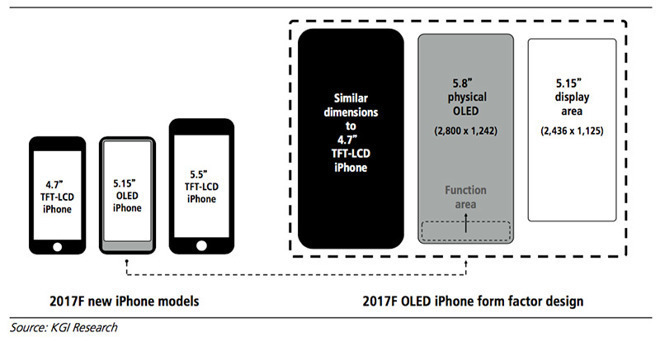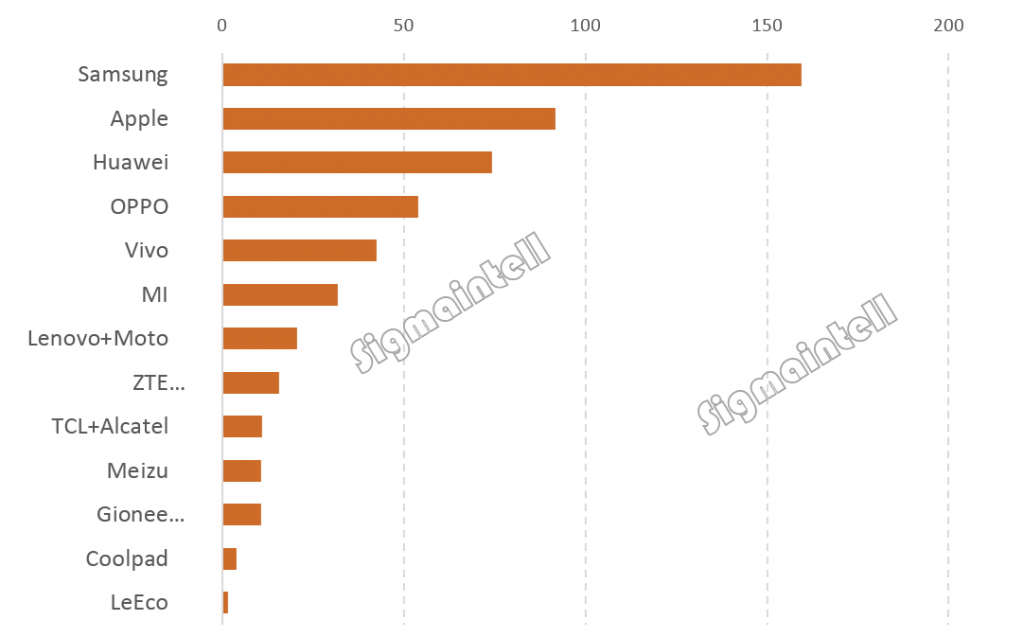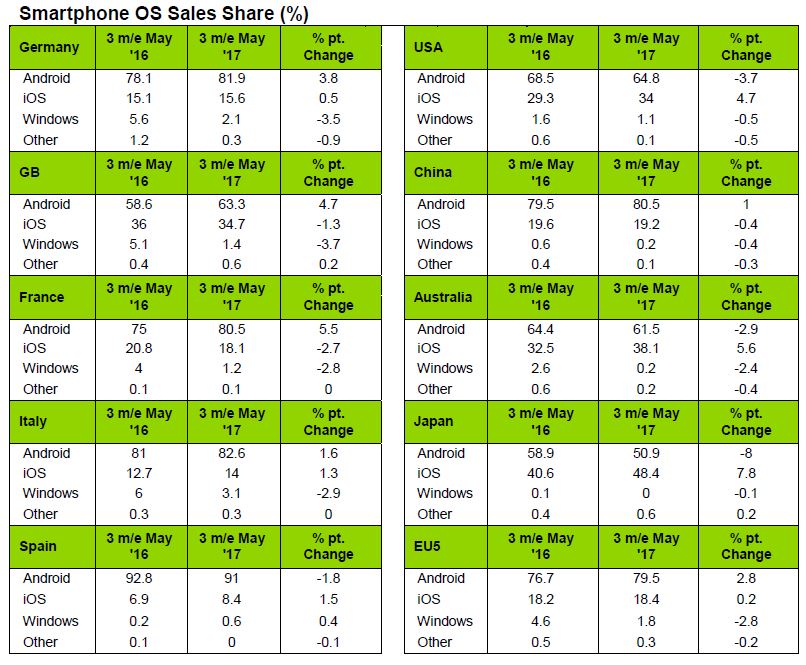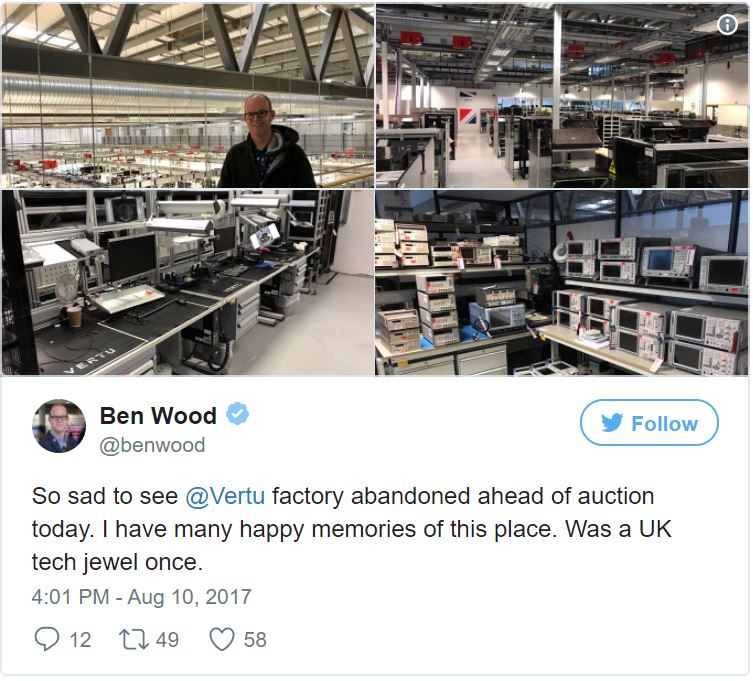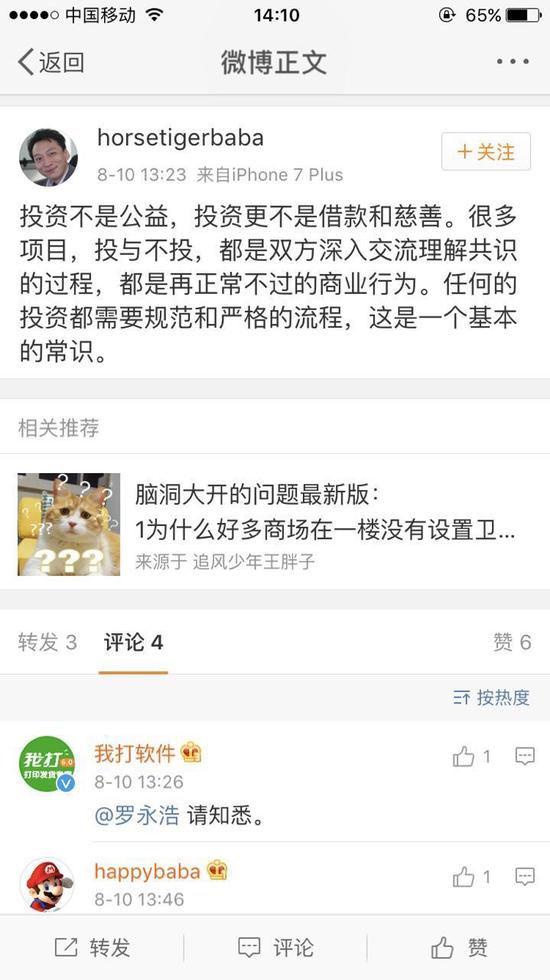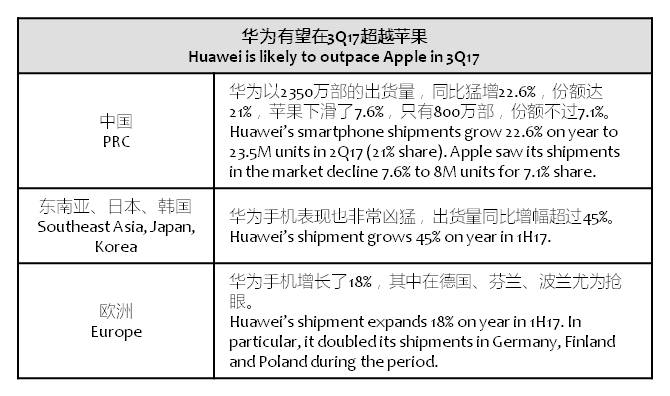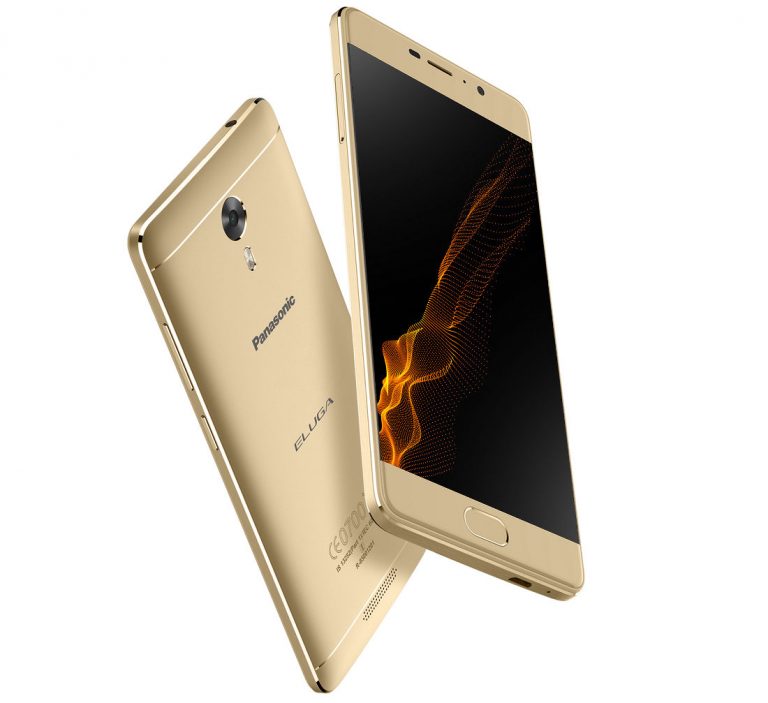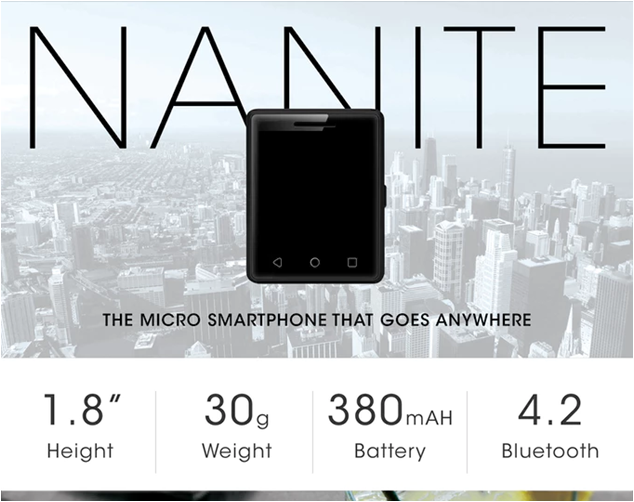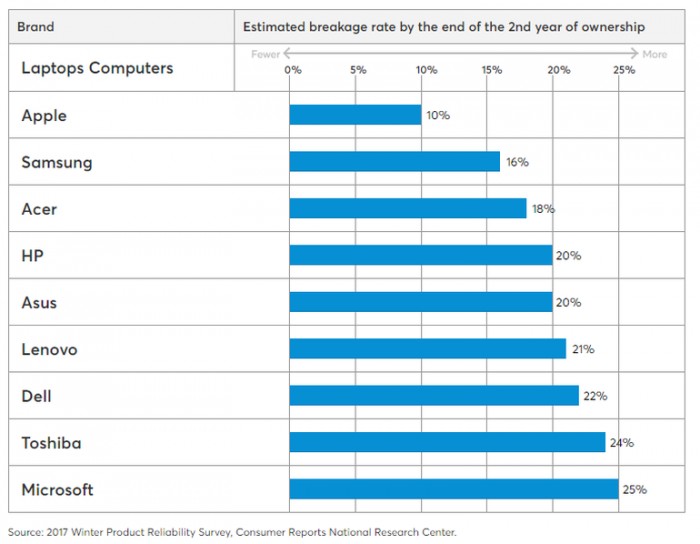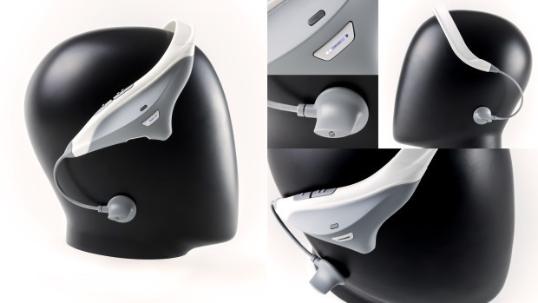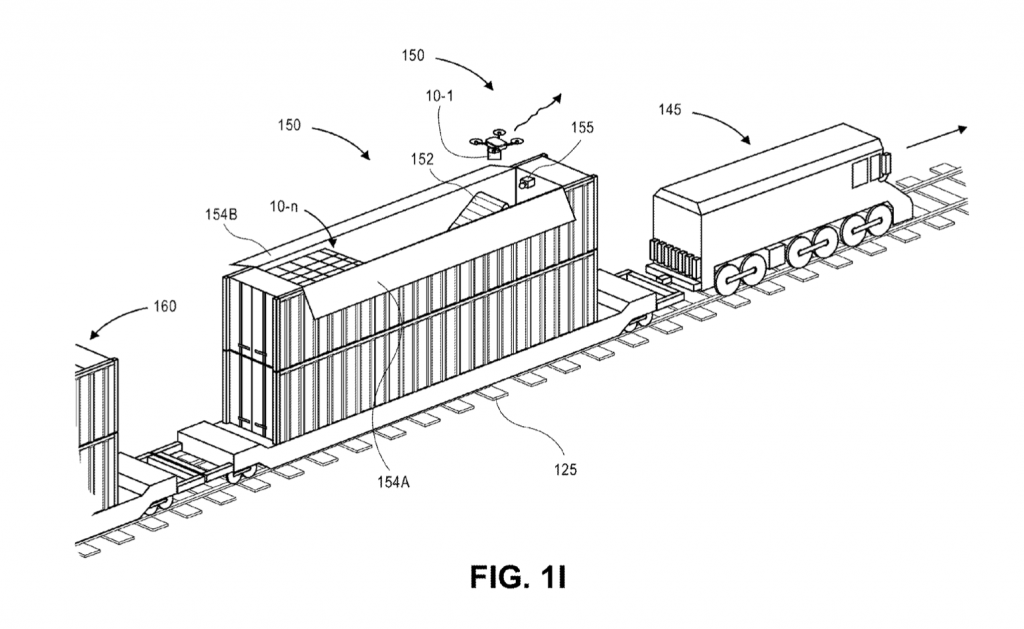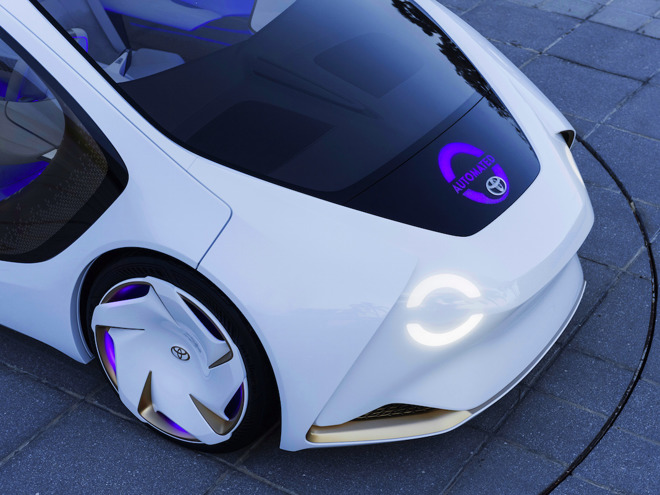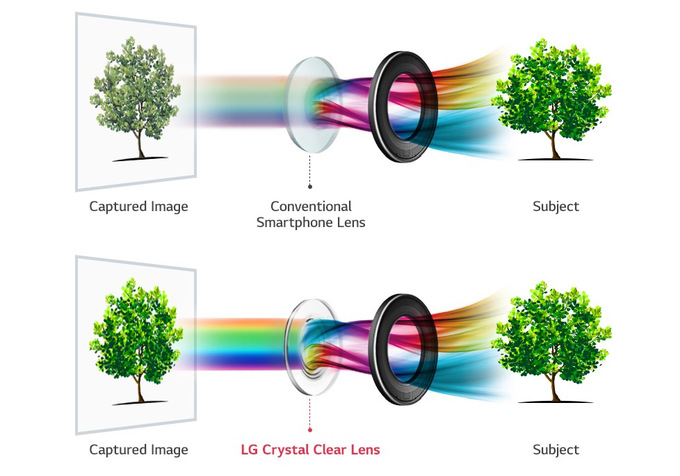
08-11: LG V30’s main camera at the back will boast an f/1.6 aperture; LGD plans by 2020 its Gen-6 flexible OLED panel monthly production to reach 65Kpcs; etc.
Chipsets
Intel plans to begin building self-driving cars soon, as the company reportedly wants to start production sometime later in 2017 on vehicles it will use for testing purposes. Intel has plans to build a total of 100 test vehicles for its self-driving car fleet, and that each and every vehicle in the fleet will be equipped with fully autonomous functionality. (Android Headlines, Apple Insider, Intel, NY Times, Sina, CNFOL)
Sumco, one of the world’s top suppliers of silicon wafers for the semiconductor industry, will spend JPY43.6B (USD394M ) to increase production capacity. The new capacity will come online in 1H19. Sumco said it will raise its monthly capacity for 300mm wafers by 110,000 units at its flagship Imari plant in western Japan. (Digitimes, Asia Nikkei, Evertiq, Laoyaoba)
The Wuxi government signed a strategic cooperation agreement with Shanghai Hua Hong to launch the Hua Hong integrated project with a USD10B investment in Wuxi National Hi-tech District. The first phase of the project will build a 12” production line with monthly production capacity of about 40,000 chips and related facilities. (EE World, Yicai Global, China Daily)
Taiwan Semiconductor Manufacturing Company (TSMC) has approved the appropriation of around USD3.15B, which includes funding for new facilities construction with costs estimated at USD528M. (Digitimes, press, Sina, Laoyaoba, C114)
Tusimple, a Beijing-based startup focused on developing autonomous trucks, has disclosed that NVIDIA will make a strategic investment to take a 3% stake in the company. NVIDIA’s investment is part of a a Series B financing round, Tusimple indicated. (Digitimes, press, Sohu)
Touch Display
Chinese consumer electronics maker TCL’s net profit jumped 70.7% on the year to CNY1.03B (USD153M) in 1H17 as widespread layoffs lowered costs. Actually TCL Communication has lost more than CNY800M, and Multimedia (including LCD TV) net profit increased less than 5%. About 10,000 people were laid off groupwide, which lowered fixed costs by about 4%. The main profit is coming from CSOT (TCL owned 85% stake), thanks to its panel rising cost, with profit rise near 150%. (Laoyaoba, Sina, EEPW, Asia Nikkei, Live Wire Market)
ChipMOS Technologies has obtained backend orders for touch display driver ICs (TDDI) from Novatek Microelectronics, with shipments set to kick off in 4Q17, according to Digitimes. Synaptics’ orders as a proportion of the overall orders for TDDI chips obtained by ChipMOS have slid to 30%-40% from 70%-80%. (Digitimes, press)
LG Display (LGD) plans by 2020 its Gen-6 (1500×1850mm) flexible OLED panel monthly production to reach 65Kpcs (using substrate as basis), OLED share will increase from currently 10% to 40%. Digitimes Research observes that LGD planning to 2H17~1H20 to invest KRW10T (about USD9.8B) in flexible OLED business, expecting by end 2017 and mid 2018 its Gumi Gen-6 E5 and Paju Gen-6 P8 fab E6 line, and also build a new Gen-6 flexible OLED production line in P10 fab. Its aim is to produce 65Kpcs flexible OLED monthly, for 120M 6” smartphone used for 1 year. (Digitimes, press, Laoyaoba)
Foxconn CEO Terry Guo had a meeting with Sharp executives in Jun 2017, is not happy with the OLED progress of the company, which lags behind Japan Display Inc (JDI). JDI’s already has OLED panel samples, and will enter mass production in 2019. (Laoyaoba, Apple Daily, Diamond)
BOE Technology Group has signed an agreement with the municipal government of Wuhan, in China’s central Hubei province, to invest CNY46B (USD6.9B) to build a factory for 56” LCD TFT-LCD display modules and related projects in the city. BOE plans to start construction in 4Q17 and finish within 2 years. The facility will produce 120K displays per month. (China Daily, Laoyaoba, Reuters, Yicai Global)
Camera
LG V30’s main camera at the back will boast an f/1.6 aperture allowing 25% more light to reach the camera sensor than an f/1.8 smartphone lens, such as the one on the LG G6 and V20. (Phone Arena, LG, Engadget, iMobile, My Drivers)
Camera module maker Q Technology has reported that its profit for 1H17 soared 145% to CNY201.8M (USD30M). Its 1H17 revenue reached CNY3.6M, representing a 108.7% increase. Sales volume of camera modules and fingerprint recognition modules rose 55.7% YoY to 117.5M units in 1H17 while the ASP rose 34% to CNY30.7. (CNFOL, Sina, SCMP, Laoyaoba)
Sensory
Laser supplier Lumentum’s fiscal report notes that in 2Q17, it recorded USD5M in revenue —but received orders for USD200M in bookings in 3Q17 to be shipped in calendar year 2017. The company noted that it increased production capacity by about 30% from what was anticipated a year ago. The analysts at Loup Ventures declared the end user is Apple, to be incorporated into the “iPhone 8” —and possibly other models in 2018. (CN Beta, Investors, Apple Insider, Mac Rumors, Loup Ventures)
Connectivity
Samsung has announced that it has joined the MulteFire Alliance, a group that develops and promotes an improved form of LTE technology running on unlicensed spectrum. Samsung is focused on enabling market adoption of MulteFire-based small cells for deployment in private networks and by telecom operators. (Android Headlines, Wireless Week, Mobile World Live, WebWire)
Smartphones
Apple has allegedly postponed the unveiling of the iPhone 8 fitted with an OLED screen to Nov 2017, while the LCD-equipped iPhone 7s and 7s Plus will likely debut in Sept 2017 as planned. (The Investor, Apple Insider, Sina, CN Beta)
Android founder Andy Rubin’s Essential Products has announced it had closed a USD300M Series B round of funding and disclosed its investors. In addition to Amazon, Essential’s investors include: Tencent, Foxconn, Future Fund, Playground, Rubin’s startup incubator, Redpoint and Vy Capital and Altimeter Capital. (CN Beta, WSJ, Business Insider)
According to Sigmaintell Consulting, 1H17 global smartphone shipment has reached 670M units, 1.8% up on year; in which China smartphone shipment has reached 230M units, 1.4% down on year. 2Q17 is a downturn demand of smartphone, most brands have declined shipment, especially Xiaomi. However Xiaomi on-year shipment has increased drastically, thanks to its Redmi 4 / Note 4 in Indian market. (GizChina, Sigma Intell, press, OfWeek, Sina)
According to Kantar, Samsung regained the top sales spot in the USA in the three-month period ending in May 2017, with market share rising to 36.2% from 32.9% during the previous period. It has exceeded Apple’s 34%. (Laoyaoba, CNBC, Kantar Worldpanel, report, GSM Arena)
British phone manufacturer Vertu has announced that it would enter liquidation after encountering financial difficulties. It is auctioning the contents of its UK factory, giving the world a window into tech’s most extravagant phone brand. (CN Beta, TNW, The Verge, Liliputing)
In response to Smartisan’s investor Zheng Gang’s comment on Alibaba’s delay on investment that causing the company’s hazard, Alibaba executive Wang Shuai indicates that investment is not charity or loan, which requires a strict rules and process. This is a basic common sense. (163, Laoyaoba, C114)
Huawei is likely to outpace Apple to become the 2nd largest smartphone vendor globally in 3Q17 as sales of China-based vendor’s high-end P- and M-series as well as the more affordable Honor-branded models have continued to gain momentum, according to Digitimes citing sources from Taiwan’s handset supply chain. Buoyed by seasonal factors, Huawei is expected to continue to ramp up its shipments to over 40M units in 3Q17. (Digitimes, press, Sina, iFeng)
Panasonic reboots its mobile business in India and launches Eluga A3 and A3 Pro, featuring 5.2” HD display, 13MP PDAF + 8MP cameras, 3GB RAM, 4000mAh battery, in-house developed AI virtual assistant Arbo: A3 – MediaTek MT6737 processor, 16GB storage, INR11,290. A3 Pro – MediaTek MT6753 processor, 32GB storage, INR12,790. (Android Authority, NDTV, Android Headlines, India Today)
Micro Android smartphone Nanite is launched at Kickstarter – 1.54” 240×240 Corning Glass display, Android 7.0, supports 4G network, 380mAh battery, supports pairing with iOS and Android smartphone, priced at CAD99. (My Drivers, Kickstarter, Geeky Gadgets)
PCs / Tablets
Consumer Reports is removing its “recommended” designation from four Microsoft laptops / tablets and cannot recommend any other Microsoft laptops / tablets because of poor predicted reliability in comparison with most other brands. The poll found that 25% of Microsoft laptop / tablet owners experienced problems by the 2nd year of ownership. (Apple Insider, Consumer Reports, CN Beta)
Wearables
Neurovalens launches Modius on Indiegogo with the aim of helping people achieve leaner bodies by reducing body fat through neuroscience. Modius aims to end obesity by sending a signal to the part of the brain that controls fat storage. This naturally causes a shift in your metabolism to burn more fat, resulting in weight loss. (Digital Trends, Modius, Huanqiu, PR Newswire)
Internet of Things
Amazon’s recent patent reveals a network of mobile workstations based on boats, tractor trailer trucks, trains, or other vehicles, which can be driven to areas of high demand. It would set up a network of roving, intermodal delivery systems that would act both as a maintenance hub and merchandise warehouse for Amazon’s drone fleet. (Android Headlines, Digital Trends, The Verge, Business Insider, USPTO, CN Beta)
Several major tech and automotive companies —including Intel, Toyota, and Ericsson —have announced a consortium that will build a “big data” ecosystem for use with self-driving cars. Other partners in the Automotive Edge Computing Consortium (AECC) include Japanese carrier NTT DoCoMo, and auto parts maker Denso. Data traffic between vehicles and cloud servers is predicted to hit 10 exabytes per month by 2025. (CN Beta, Reuters, Apple Insider, Toyota, Auto News)
